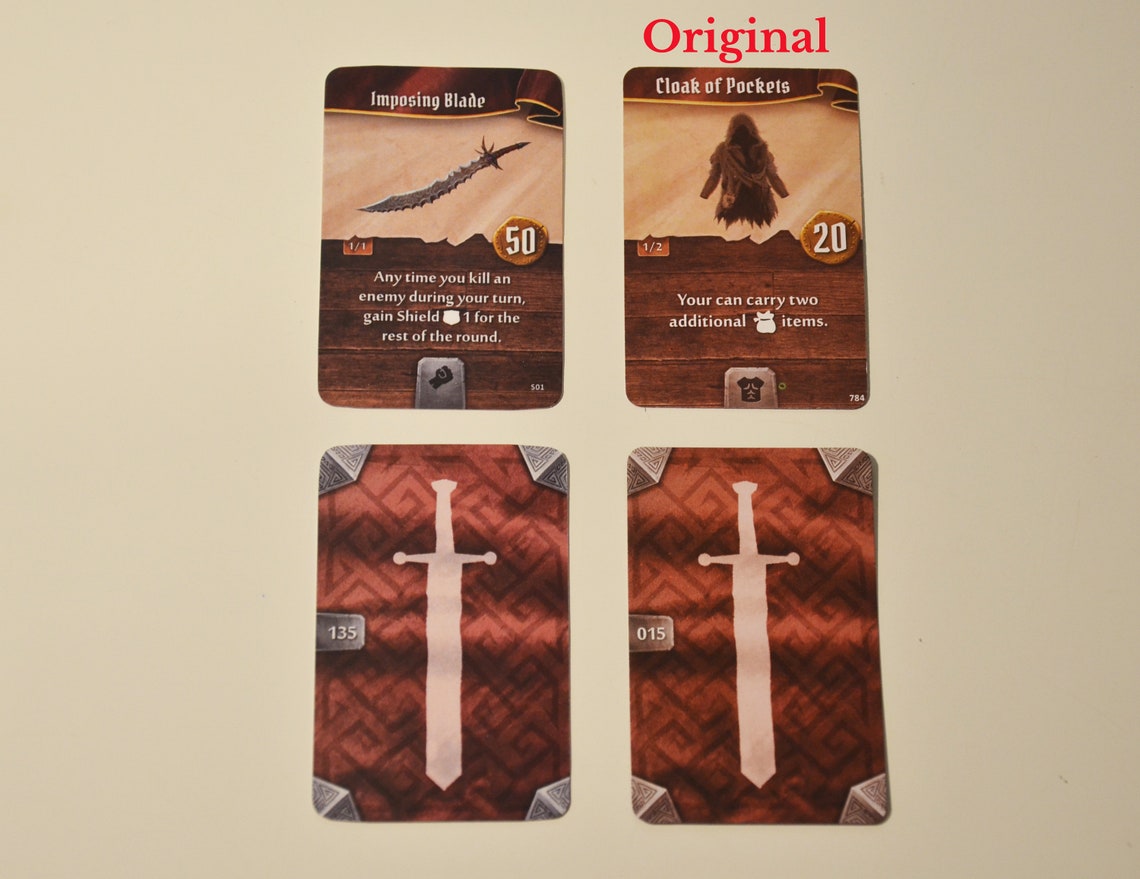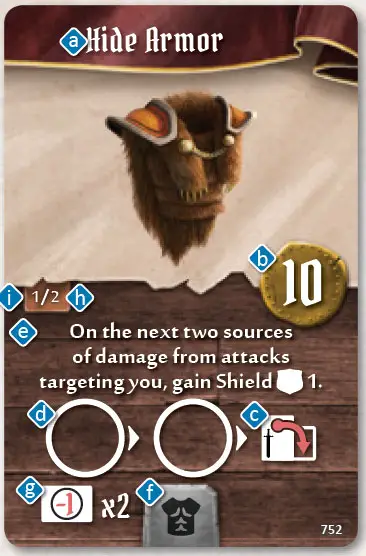

Sometimes, multiple monster types use the same, more generic ability deck. These cards determine which abilities each monster of that type-both normal and elite-will perform during the round on its turn. These traits may include Flying, which is symbolized by j next to the monster's name.Įach round, after players have selected their own ability cards, one card is played for each monster type currently on the board from their respective decks of monster ability cards. These traits are permanent and persist from round to round.

A "-" as the range value signifies the monster's normal Attack action can only target adjacent hexes (i.e., a melee attack).Īny special traits this monster type possesses i. Sections for normal c and elite d versions of this monster.Ī monster's hit point value e, which is the amount of damage that needs to be inflicted on the monster before it dies.Ī monster's movement value f, the base number of hexes a monster can move with a Move action.Ī monster's attack value g, the base amount of damage the monster does with an Attack action.Ī monster's range value h, which is the base number of hexes away from the monster's own hex that the monster can reach with an attack or a heal. The monster's name a and level of the statistic set b corresponding to the scenario level. Rotate or flip the card to show the required level. Each edge of the cards, on both sides, reflects the statistics for a given scenario level. A monster's base statistics will vary depending on the scenario level. Monster statistic cards give easy access to the base statistics of a given monster type for both its normal and elite variants. Reference number for the item j, which is on the back of the card. If this is the case, the number of modifier cards is specified on the item g.Ī count of how many of this item are in the game h and where this card lies within that count i. Some equipped items add a number of cards to the equipping character's attack modifier deck at the start of a scenario. The equip slot (Head, Body, Legs, One Hand, Two Hands, Small Item) the item occupies f. When the item can be used and the bonus gained by the character when the item card is used e. If a card depicts neither of these symbols, there are no restrictions on the number of times it can be used during a scenario, other than what is written in the text of the card. All items are refreshed between scenarios. Consumed cards can only be refreshed during a scenario by specific abilities. This symbol (not pictured) means the item is consumed after use, which is shown by flipping the card facedown. This is depicted by use slots d on the card and can be tracked using a character token. Sometimes an item is used multiple times before it is spent or consumed. Spent cards can be refreshed when a character performs a long rest. This symbol means the item is spent after use, which is denoted by rotating the card to its side. What happens to the card after it is used c. The name of the item a and the amount of gold a character must pay to acquire the item from the shop b. Characters cannot own more than one copy of any item card. However, characters are limited in the number of items they can equip (bring into a scenario).Įach character can equip only one head item, one body item, one leg item, up to two hand items OR one two hands item, and up to a number of small item equal to half their level, rounded up. Item cards are not class-specific, so any character can use any item. All item cards a character equips will be placed below his or her character mat and can be used during a battle to augment his or her abilities. Item cards are acquired by spending gold in between scenarios or looting specific treasure tiles. Note that a single action can contain several separate abilities f. When the two ability cards are played on a player's turn, one is used for the top action and the other for the bottom action. A character starting at Level 1 can only use their Level 1 cards (or, alternately, cards), but a character gains more powerful cards as they level up to add to their pool of available ability cards.Ī top action d and bottom action e. The initiative number of the leading card played determines a player's order in the initiative of a given round. All ability cards are specific to a character class and are acquired when starting a new character or by leveling up.Īn initiative number b. Each round players choose two ability cards and use the top action of one card and the bottom action of the other card, resulting in two actions for each player on his or her turn. Playing ability cards is what allows a character to perform actions in a scenario.


 0 kommentar(er)
0 kommentar(er)
